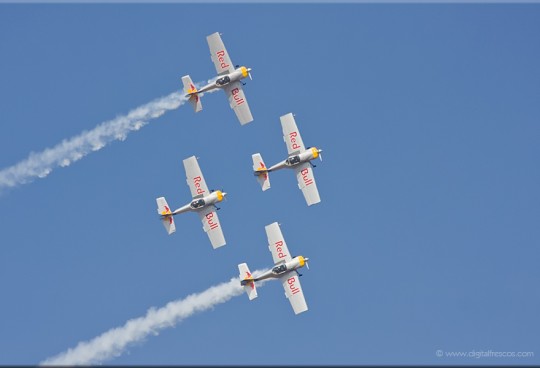Caracara is a genus in the family Falconidae and the subfamily Polyborinae. It contains two extant species, the northern crested caracara and the southern crested caracara; and one extinct species, the Guadalupe caracara. The only visible difference between the two living species is that the southern species possesses more barred plumage than the northern species. The minor physical differences between these species resulted in their originally being treated as conspecific. The crested caracara is distinguished by its long legs and medium size. The birds can reach a length of 49–58 cm (19–23 in) from head to tail. There are usually four points of identification of the caracara: strikingly white markings on the neck, the tip of both wings, and the tail. Along with their medium length, the caracara also has a wingspan of 122–129 cm (48–51 in). When flying, the caracara is often noted to have a pattern on their underside that looks like a cross.
The behaviors of caracaras are considered quite strange in relation to other falcons. The bird is often seen walking on the ground in search of prey, using its long legs to maneuver its landscapes. In addition to a preference of walking over flying, the birds also create close bonds with their mates. These birds will also harass large species of birds in order to take the food they caught. In flight, this bird is known for having very direct flight. It does not soar for leisure. An opportunist, hunting and scavenging in a variety of ways. Often hunts by flying low, taking small animals by surprise. Flies along highways early in morning, searching for road kills. May steal food from other birds. May scratch on the ground for insects, or dig up turtle eggs. It is classified as least concern by IUCN.
![]()






Sorry, the comment form is closed at this time.